Shravan, also known as Sawan, is one of the most spiritually significant months in the Hindu calendar. Falling between July and August, this period marks the heart of the monsoon season and is considered the holiest time to offer prayers, observe fasts, and reconnect with divine energy. Across India, millions of people celebrate Shravan with deep devotion, but what’s fascinating is how different these celebrations can be depending on the region. North and South India, while unified in reverence, observe this month with different calendars, customs, and cultural expressions. This blog takes you through the beautiful and rich contrasts in how Shravan is celebrated in both parts of the country.
Calendar Systems and Timing Differences
To start, it’s essential to understand that Shravan doesn’t begin on the same day across India. This is mainly due to the use of two different calendar systems. In North India, the Purnimant calendar is followed. According to this system, the month begins the day after the full moon (Purnima). As a result, Shravan in North India usually starts around mid-July and continues until mid-August. On the other hand, South India follows the Amavasyant calendar, where months begin after the new moon (Amavasya). Therefore, the Shravan month in South India begins about fifteen days later than in the North and can extend into the later half of August. Though the weather, seasonal shifts, and general spiritual vibe are similar, this small timing difference leads to different dates for important festivals and rituals.
Shravan Observances in North India: Devotion to Lord Shiva
In North India, Shravan is a month largely devoted to Lord Shiva. One of the most visible and grand practices is the observation of Shravan Somvar, which refers to fasting and praying on Mondays throughout the month. Devotees visit Shiva temples, offer milk and Bel (Bilva) leaves to the Shiva Lingam, and chant mantras like “Om Namah Shivaya.” For many, it is believed that observing fasts on these Mondays brings peace, prosperity, and spiritual growth. Another striking feature of Shravan in the North is the Kanwar Yatra. During this pilgrimage, millions of Shiva devotees, known as Kanwariyas, walk barefoot to the Ganges River to collect sacred water in pots and carry it back to their hometowns to offer at local Shiva temples. This tradition, though intense and physically demanding, is seen as an act of pure devotion.
Key North Indian Festivals: Nag Panchami, Hariyali Teej, and Raksha Bandhan
North India also celebrates many other festivals during this month. Nag Panchami is one of them, where people worship snakes or snake gods by offering milk and sweets at temples or near anthills. This day symbolizes the respect people have for nature and its creatures. Hariyali Teej, particularly popular in Rajasthan, Uttar Pradesh, and Bihar, is celebrated by women who pray for the well-being of their husbands. They dress in green, sing traditional songs, apply henna, and swing on beautifully decorated jhulas (swings). This festival highlights the importance of love, marital harmony, and the joy brought by the rains. Towards the end of Shravan, Raksha Bandhan is observed with great love and affection. Sisters tie protective threads on their brothers’ wrists, and in return, brothers vow to protect them. This bond of siblinghood is one of the most heartwarming aspects of Indian culture.
Shravan Fasting and Dietary Practices in the North
The diet during Shravan in North India also undergoes a major transformation. Most people follow a satvik diet, which means vegetarian food without onion, garlic, or any stimulants like caffeine and alcohol. The idea is to purify the body and mind, allowing individuals to focus on spiritual matters. Fasting is also very common, with people eating only once a day or consuming special foods made from ingredients like sabudana (tapioca), potatoes, and rock salt. These practices are not only spiritual but also align with the natural slowing down of the body’s metabolism during the monsoon season.
Shravan in South India: Goddess Worship and Family-Centric Rituals
In contrast, Shravan in South India, though equally spiritual, focuses more on goddess worship and family rituals. In Tamil Nadu, Karnataka, Andhra Pradesh, and Kerala, this month is often referred to as Aadi or Aavani. While Lord Shiva is still worshipped, more importance is given to the feminine energy of the universe. One of the major rituals is the Varalakshmi Vrat, observed mostly by married women. On this day, they pray to Goddess Lakshmi for the prosperity, health, and longevity of their families. A unique aspect of this ritual is the creation of a symbolic goddess face on a coconut, which is then decorated and worshipped.
Aadi Perukku is another beautiful South Indian festival, especially observed in Tamil Nadu. It celebrates the power of rivers and water during the monsoon. Families gather near rivers to offer food, flowers, and lamps to the flowing water as a gesture of gratitude. This festival connects people to nature and reminds them of the vital role water plays in our lives. The monsoon is also a time for replenishment, and this celebration is a mark of respect for the rivers that feed the land.
South India also observes Upakarma or Avani Avittam during the Shravan month. This is a ritual mostly performed by Brahmin men who renew their sacred thread, known as the Yajnopavita. It’s a time of reflection, chanting of Vedic mantras, and recommitment to spiritual duties. In many parts of the South, this day holds deep religious importance and is often followed by the recitation of ancient scriptures and prayers for wisdom.
Worship of Lord Murugan and Other Regional Deities
While North India sees the Kanwar Yatra and Shiva-centered celebrations, South India turns to Lord Murugan and Lord Vishnu during this period as well. In Tamil Nadu, the Kantha Sashti festival is celebrated with great devotion toward Lord Murugan, who is believed to be the god of war and victory. Devotees undertake fasts, sing devotional songs, and carry offerings known as “Kavadi” during this time. These events are not just religious but also cultural, full of color, music, and a sense of shared identity.
Despite these differences, there are several themes that remain constant across the country during Shravan. Devotion, fasting, family bonding, and connection to nature are all key elements of the month. Whether it is the Kanwariyas in the North walking for days to offer Ganga water to Lord Shiva or South Indian women praying for their families’ prosperity, the energy of Shravan remains the same: pure, devoted, and spiritually uplifting.
Diversity Within Unity: Fasting, Food, and Worship
Interestingly, the differences in rituals often highlight the diversity and richness of Indian culture rather than confusing. The same festival may have different names, methods of worship, and timing, but at its core, it expresses gratitude, humility, and the desire to grow spiritually. For example, the practice of fasting is observed throughout the country, but the foods consumed, the reasons for fasting, and even the deities involved may differ. Yet, everyone is aligned in their purpose of spiritual discipline and devotion.
Another fascinating aspect is how many of the rituals are women-centric, especially in the South. The focus on the well-being of the family, worshipping feminine deities, and the involvement of nature in the rituals create a very balanced and nurturing atmosphere in Shravan in South India. On the other hand, the Kanwar Yatra in the North shows the strength and endurance of collective spiritual acts. Both represent different yet equally powerful sides of devotion.
Even on social platforms and forums, people from different parts of India express curiosity and admiration for each other’s customs during Shravan. Someone from the North might be surprised to learn about the coconut-decorating Lakshmi pujas in the South, while someone from Tamil Nadu might be intrigued by the grand Teej celebrations in North India. These exchanges often lead to a greater understanding and appreciation of how diverse, yet united, Indian culture truly is.
The Deeper Essence of Shravan
Ultimately, what makes Shravan special is not just the rituals, fasts, or festivals, but the intention behind them. It’s a time to pause, reflect, and align ourselves with higher energies. Whether you’re walking barefoot carrying Ganga water, tying a rakhi to your brother, painting a goddess’s face on a coconut, or chanting mantras for spiritual growth, you are participating in a tradition that is centuries old and deeply meaningful.
Special Sharavan Maas Puja by Rudralife (11th July to 18th August, 2025)
Join Rudralife’s special Shravan pujas conducted every Monday from July 11th to August 18th, dedicated to Lord Shiva. Experience the divine energy of the sacred month of Sharavan and seek blessings for spiritual growth, prosperity, and harmony.
What to Expect:
- Powerful pujas performed by experienced Vedic pandits
- Collective worship and chanting of sacred mantras
- Inclusion of your name and gotra in the ceremony
- Spiritual growth, prosperity, and harmony
- Participate and Witness the Transformation!
Register now and unlock the blessings of Lord Shiva for a prosperous and fulfilling life.
- 1st Shravan Somvar (Rudrabhishek)
- 2nd Shravan Somvar (Ardhanareshwar)
- 3rd Shravan Somvar (Laghu Rudri)
- 4th Shravan Somvar (Shiv Shakti)
- 5th Shravan Somvar (Parthiv Shivling and Sahasra Bilwarchan)
- 6th Shravan Somvar (Shadang Rudrabhishek)
Conclusion: One Spirit, Many Traditions
In conclusion, Shravan is more than just a month on the calendar. It’s a season of spirituality, family, nature, and devotion. While North India and South India may celebrate it differently through different rituals, dates, and deities, the essence remains beautifully the same. It is about faith, love, and reconnecting with something greater than ourselves. By understanding and appreciating these regional differences, we don’t just learn about culture; we embrace the spirit of India in its most sacred form.




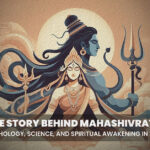


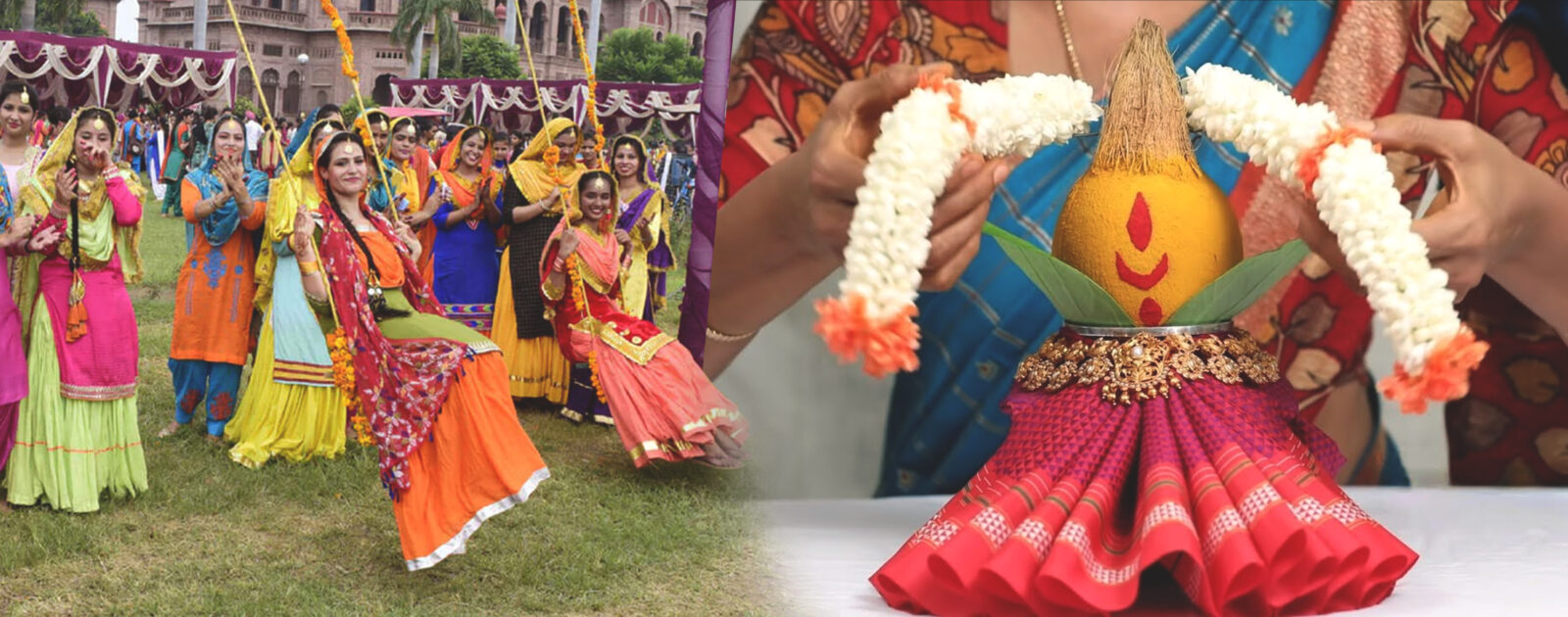
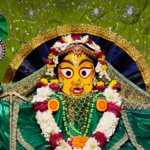


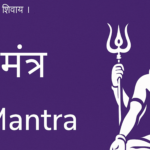
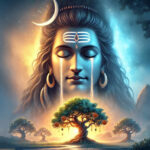
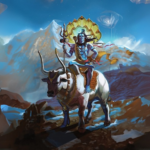
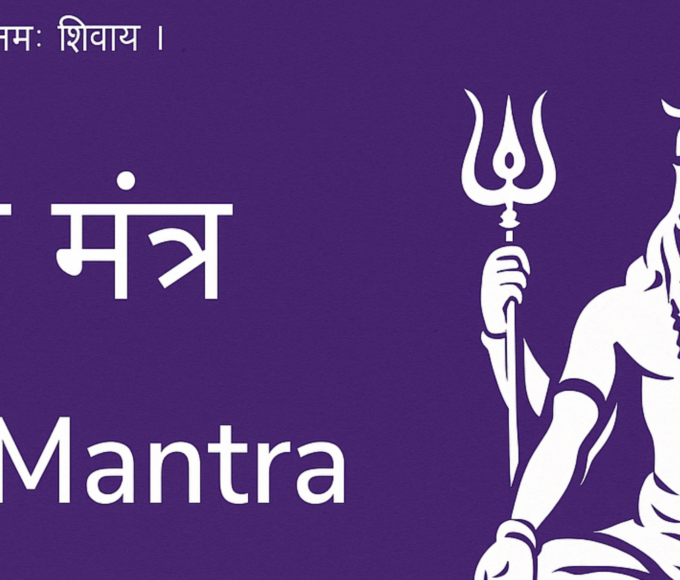
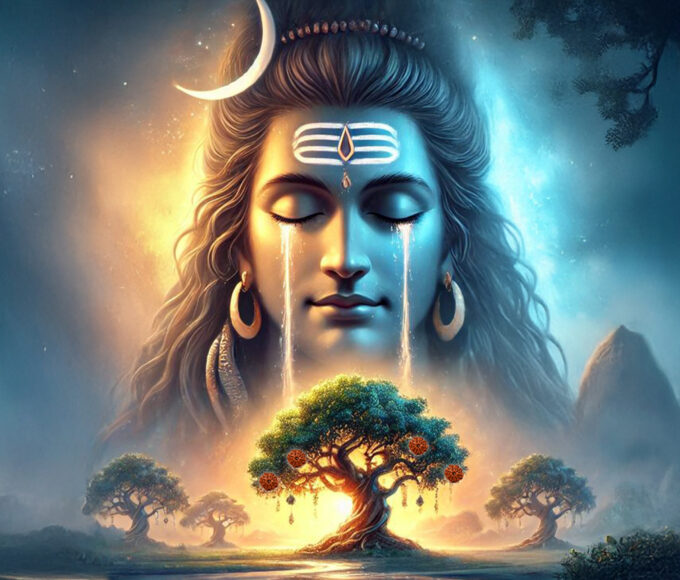
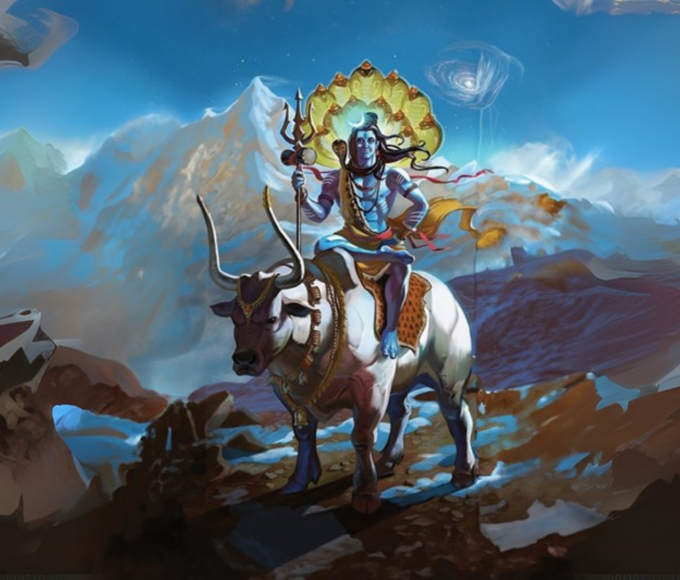

Leave a comment